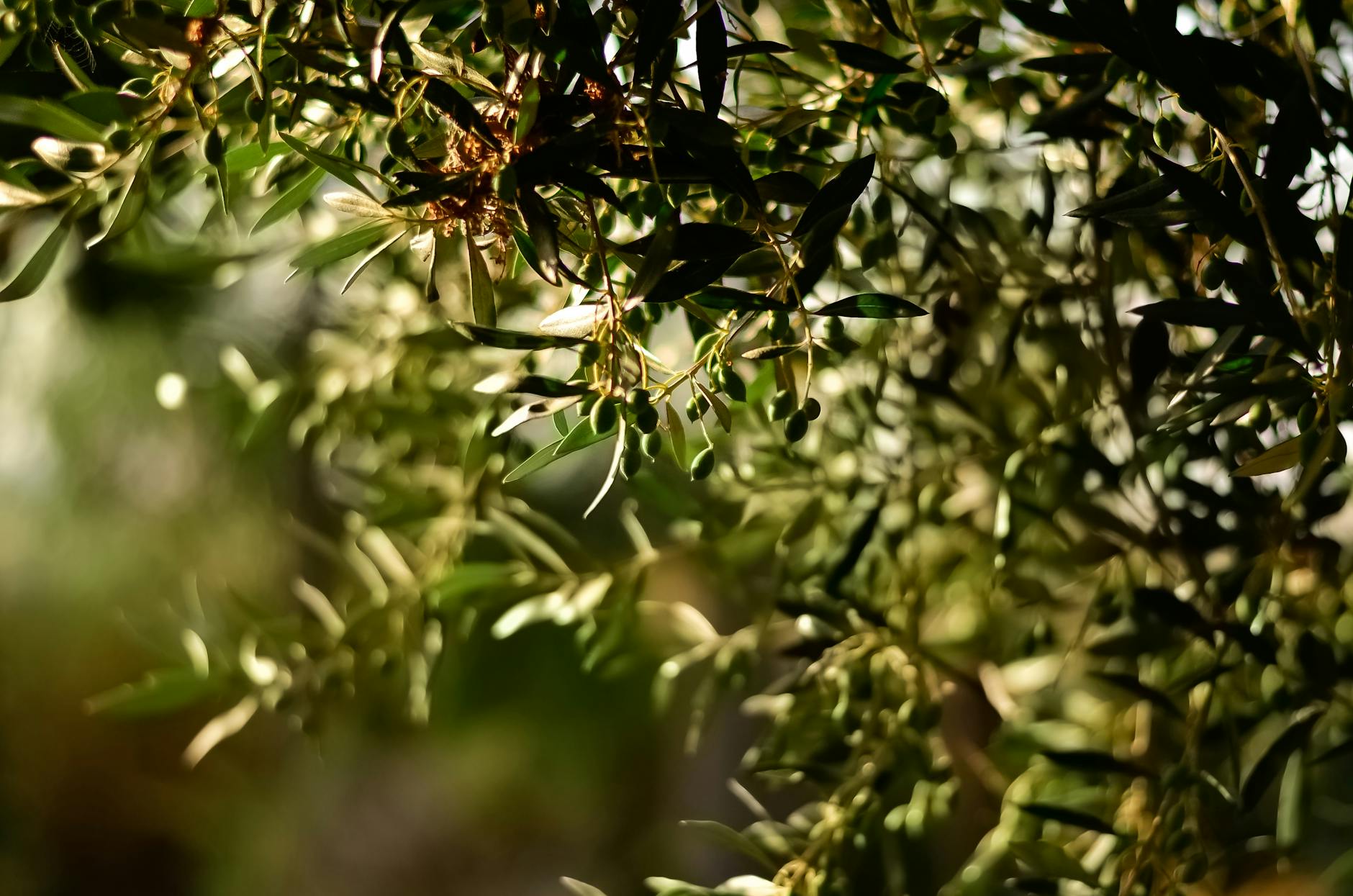Multicultural life is exhausting, so it’s soothing to find things that feel like wins. Something like, being able to pull from multiple different cultures. Yes, I genuinely pick and choose what part of each culture I want to keep and what I want to ignore.
I believe that sticking to things “because that’s how we’ve always done them” in the context of a postcolonial world, means upholding the imperialist white supremacist capitalist patriarchy that bell hooks refers to. So I try to thread a needle through the intersection of cultures, weighing each up for its value in any given moment; that’s how we evolve as keepers of culture.
But let’s take it down a brow or two right now and return our talk to diapers – because, parenting.
One of the more mundane developments that has come out of our culture-vulturing is the use of liniment oléo-calcaire. Short-handed to liniment, this emulsion of olive oil and limewater is a French staple. Usually used as an all-in-one diaper care ointment, it is sometimes also used as a burn treatment, makeup remover, and leather treatment.
It’s so popular that supermarkets carry a house brand version of it, often with a organic/biological option.
We tried it when our baby was first born and it seemed to cause a bit of irritation so we stopped using it for a few months and stuck to just water between pee changes and a cleansing lotion for poo changes, as described in my first cloth diapering post.
As the weather warmed up we noticed more patches of irritation appearing that weren’t clearing up with our usual diaper cream/diaper-free time/breastmilk treatments. We decided to reattempt liniment about a month ago and it has made a huge difference to his skin. We don’t use diaper cream anymore (but we still do diaper-free time and breastmilk baths).
While I do think the alkalinity plays a part, I think the oil is probably a key component in reducing irritation. Not only does it leave a protective layer over baby’s skin, but it lubricates the wiping action as well, and reduces friction while cleaning. We were using a branded baby cleansing lotion to clean up poo, so I wouldn’t say I notice a difference in performance, but there is a marked difference in cost!
DIY liniment costs about half the price of a supermarket own-brand liniment, and has the benefit of full transparency. It can be made in small batches to be used fresh and avoid the need for preservation.
recipe + instructions for use
- 50ml of olive oil/sunflower oil/sweet almond oil/apricot kernel oil
- 50ml limewater or 5g calcium hydroxide powder dissolved in 50ml of filtered water (can be bought as Cal Mexicana or Pickling Lime – not to be confused with sodium hydroxide, also known as lye or caustic soda)
- Optional: 2g beeswax
- Glass bowl for mixing (at least 200ml volume)
- Container for storing (ideally glass, but a plastic pump bottle also works just fine. Bear in mind that this mixture doesn’t contain preservatives and is really difficult to remove from plastic, so most plastic containers will end up being single-use)
- Prep your oil and base:
- If using sodium hydroxide powder, it’s advisable to wear PPE. Add 5g to 50ml of filtered water and stir until dissolved. This is your base. If using limewater you will skip this step and just measure out 50ml of limewater.
- If using beeswax, melt 2g into 50ml of your chosen oil by gently heating them together in a bain mairie (I use a USB-powered mug warmer with a Pyrex beaker) and stirring until the wax is dissolved.
- Remove oil from heat before continuing. If omitting beeswax you will skip this step.
- Slowly add base to oil, whisking rapidly until combined evenly.
- Transfer everything into your storage container, label it, and clean your equipment ready for next time.
This recipe makes about 100ml of liniment, which lasts us about 2 weeks. It costs about 50 cents a batch.
how to use for diaper changes
Liniment can be used with cloth wipes or cotton wool/pads/balls. I prefer cloth wipes.
Apply just enough liniment to your wipe to wipe the skin underneath baby’s diaper without leaving behind too much excess. Start with a small amount and build up if you need more, until you’re familiar with the amount you require. Less is more.

Leave a Reply